Regulation Enzyme Activity
Regulation Enzyme Activity. Enzymes & vitamins chapter 20: It controls the allosteric enzymes.
Production, degradation, compartmentation of substrate 2. When the substrate and effector are different. Binding of co 2 to haemoglobin.

For example, o2 is a homotropic allosteric modulator of hemoglobin. Binding of oxygen to haemoglobin.
"process, by which cells can turn on, turn off, or modulate the activities of various metabolic pathways by regulating the activity of enzyme" ø enzymes have extraordinary catalytic power 2.5.5 enzyme regulation by protein phosphorylation.
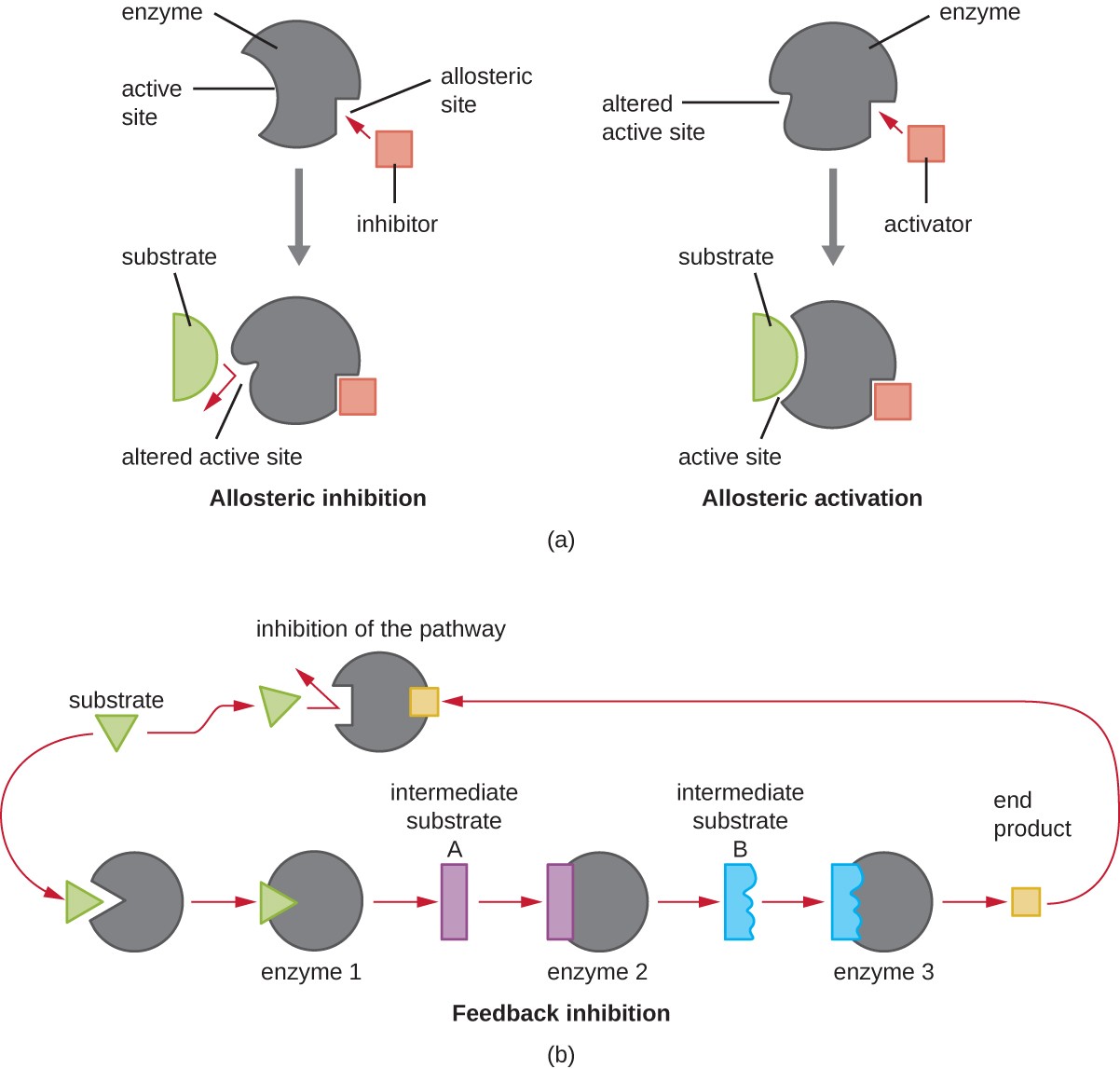
A the corpus allatum hormone in relation to metabolism. Here, the substrate molecule acts as an effector also.
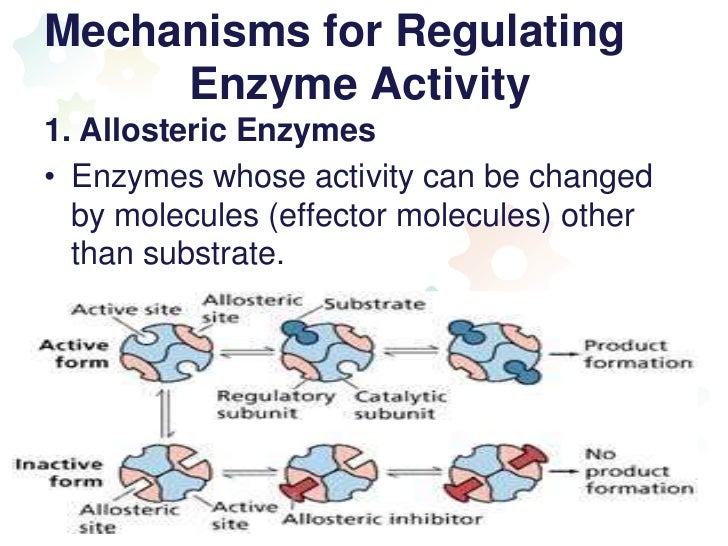
The rates of most enzymes are responsive to changes in substrate concentration, because the intracellular level of many substrates is in the range of the k m. Jan de wilde, arnold de loof, in the physiology of insecta (second edition), volume i, 1973.
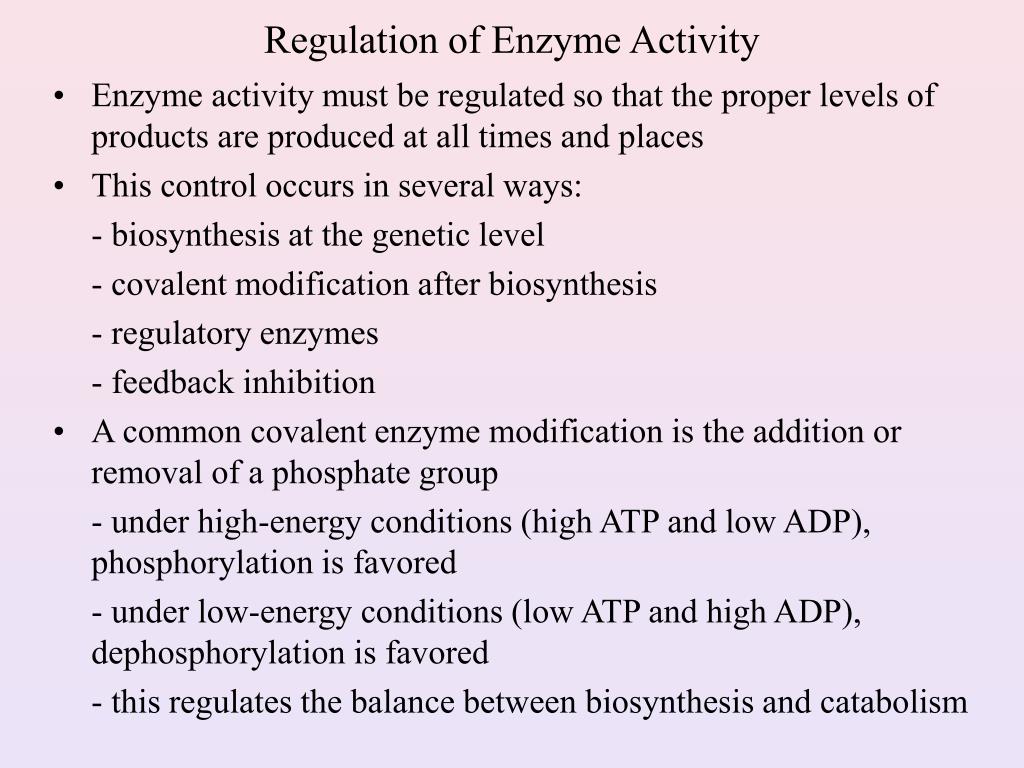
(see goldberger's definition of "regulation" in volume 1, chapter 1.) control can be exerted by a change in the quantities or catalytic efficiencies of the enzymes. It is typically an activator of the enzyme.
In this article, we'll take a look at factors that can affect or control enzyme activity. Binding of oxygen to haemoglobin.
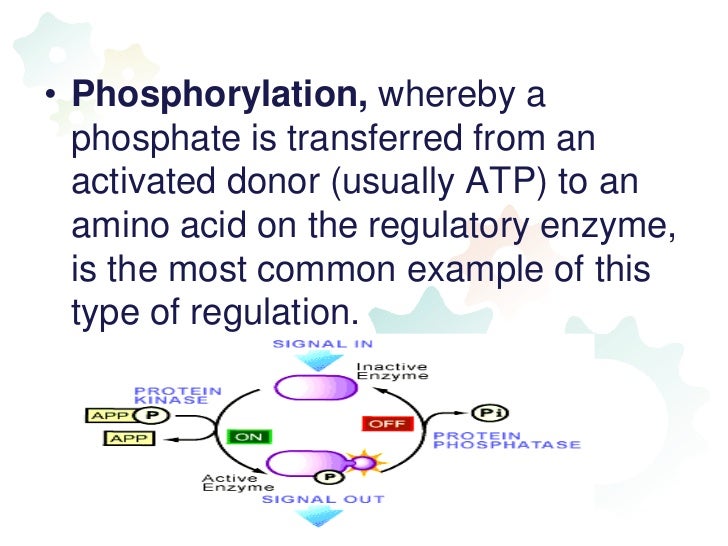
The rapid development in our understanding of the regulation of enzyme activity makes it a high priority to ascertain whether the behavior of purified enzymes reflects their functional characteristics in vivo. (see goldberger's definition of "regulation" in volume 1, chapter 1.) control can be exerted by a change in the quantities or catalytic efficiencies of the enzymes.
Nature continues to surprise us with original ways of regulating enzyme activity. These types of enzymes can increase the rate of reaction when it is needed, and they can decrease the rate of reaction when it is needed as.
It is mostly enzyme activation and also called cooperativity, e.g. The rapid development in our understanding of the regulation of enzyme activity makes it a high priority to ascertain whether the behavior of purified enzymes reflects their functional characteristics in vivo.

A the corpus allatum hormone in relation to metabolism. Regulation of enzyme activity can also be achieved by molecular interconversions between more active and less active forms of a particular enzyme.

Nature continues to surprise us with original ways of regulating enzyme activity. A discussion of the variety of methodologies suitable for this type of study is also included.
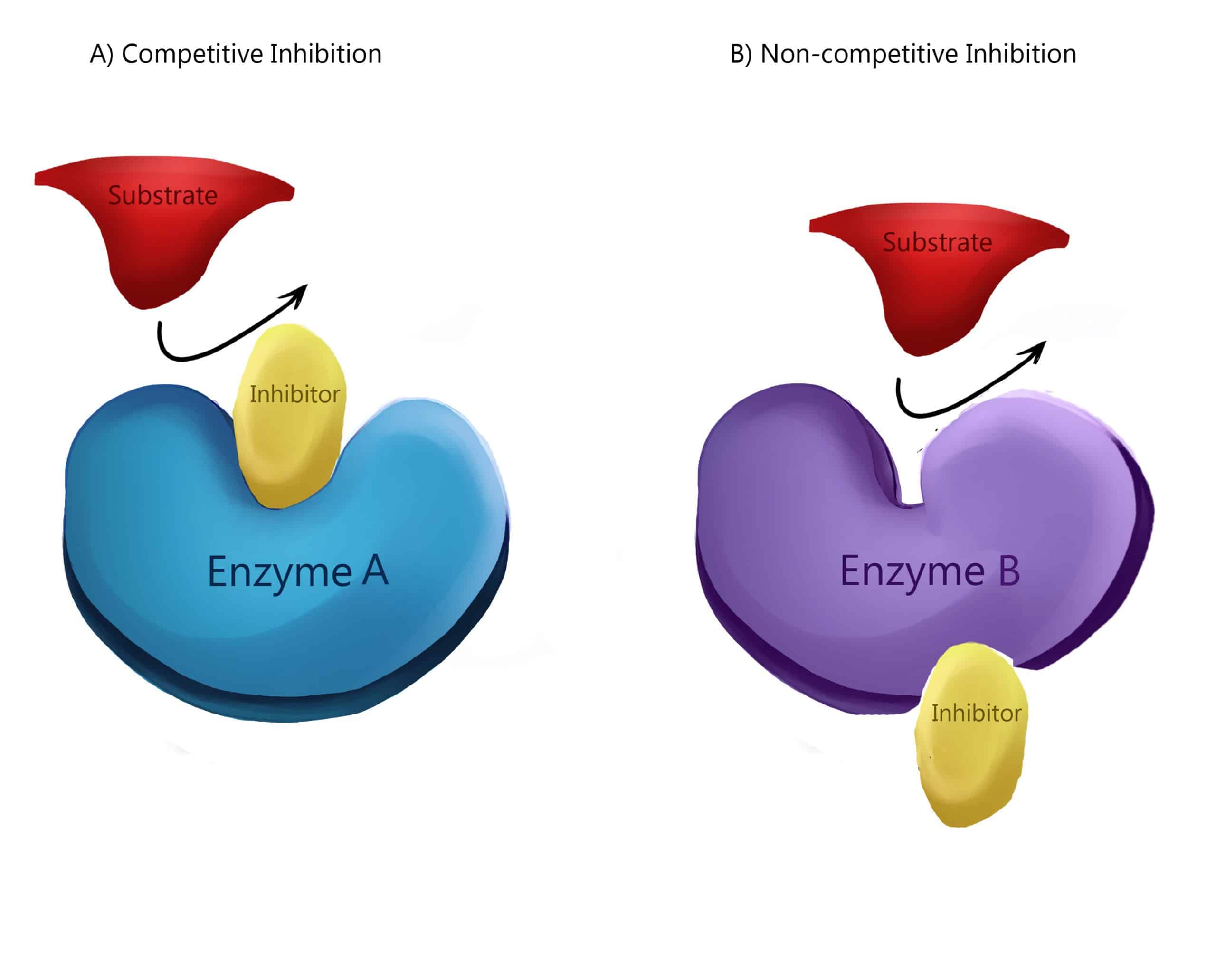
Various mechanisms of enzyme regulation have been demonstrated. A the corpus allatum hormone in relation to metabolism.
The quantity of the enzyme depends on protein synthesis/degradation controlled at the level of transcription, translation, processing of the protein, and its instability (regulation of gene activity). Special emphasis is placed on recent observations on the regulation of phosphofructokinase from different sources at
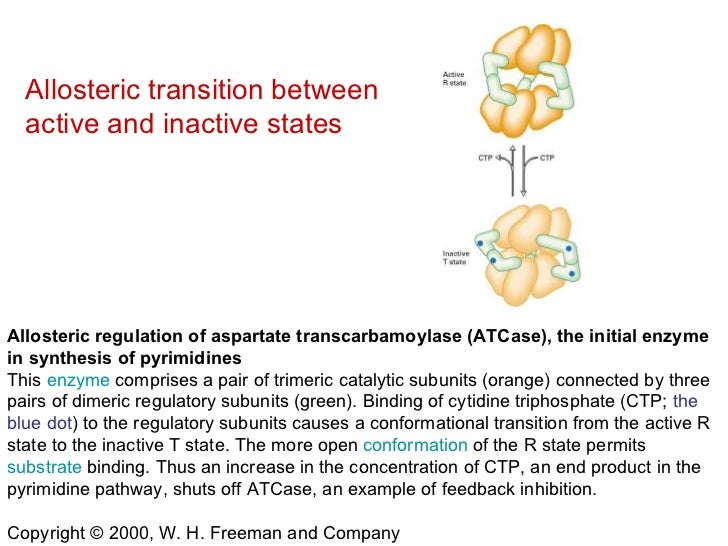
Control of synthesis (activation or repression) 2.degradation controlling the availability of substrate 1. This is achieved in all living systems principally by the regulation of critical, strategically placed enzymes of individual pathways.
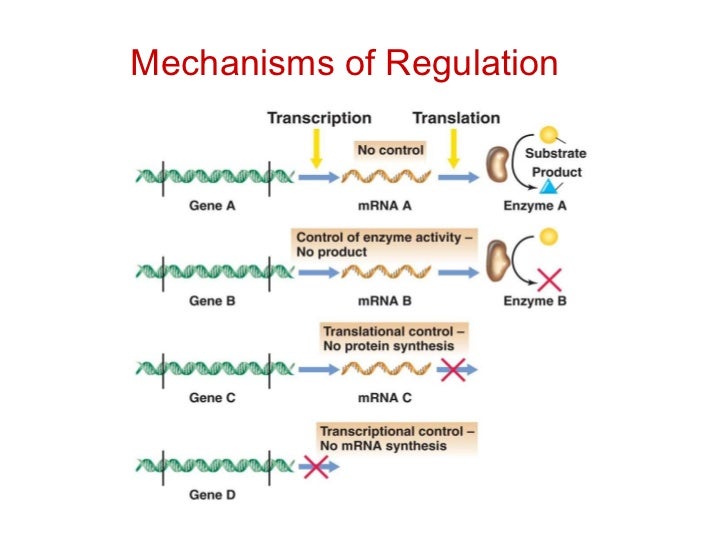
Regulation of enzyme activity importance regulation of enzyme activity regulation of by allosteric regulation covalent modification (reversible and irreversible) induction and repression compartmentalization isoenzymes 9/10/2014 dr. Regulation of enzyme function daniel e.

The effector may activate or inhibit the enzyme, e.g. Regulation of enzyme activity importance regulation of enzyme activity regulation of by allosteric regulation covalent modification (reversible and irreversible) induction and repression compartmentalization isoenzymes 9/10/2014 dr.
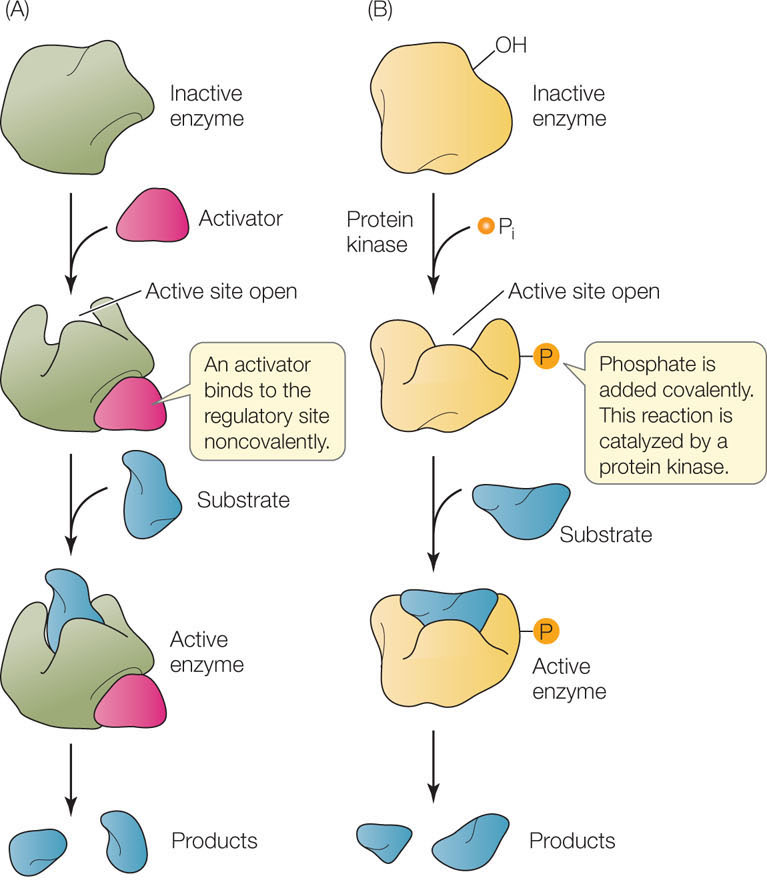
Feedback inhibition • an enzyme regulation process in which formation of a product inhibits an earlier reaction in the sequence. Binding of co 2 to haemoglobin.
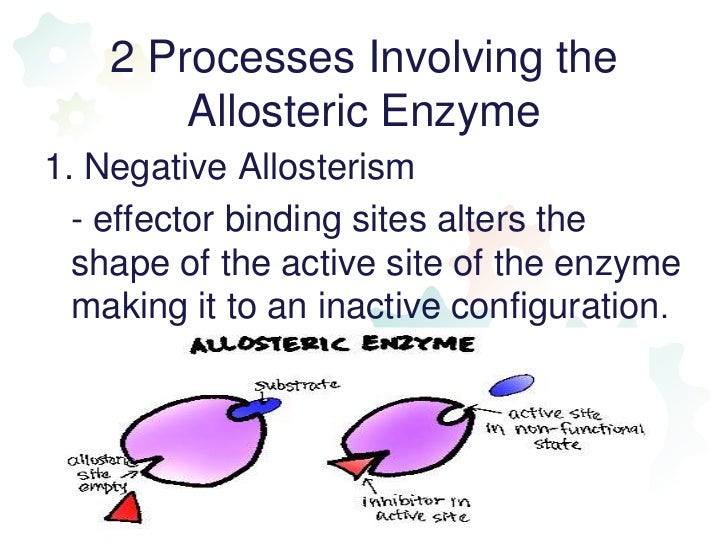
Regulation of enzyme activity the regulation of the reaction velocity of enzymes is essential if an organism is to coordinate its numerous metabolic processes. Feedback inhibition, where the end product of the pathway inhibits an earlier step, is an important regulatory mechanism in cells.
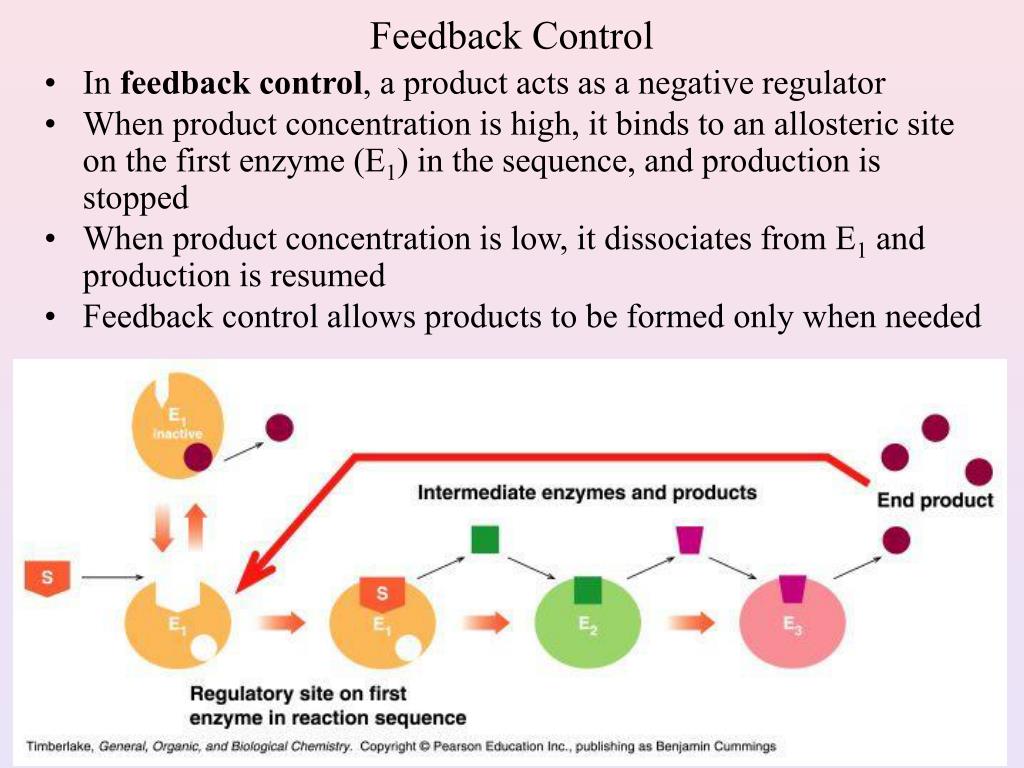
The substrate of the enzyme may regulate the production of the enzyme protein (enzyme induction, lac operon, catabolite repression, attenuation). Science • 18 jun 1971 • vol 172, issue 3989 • pp.
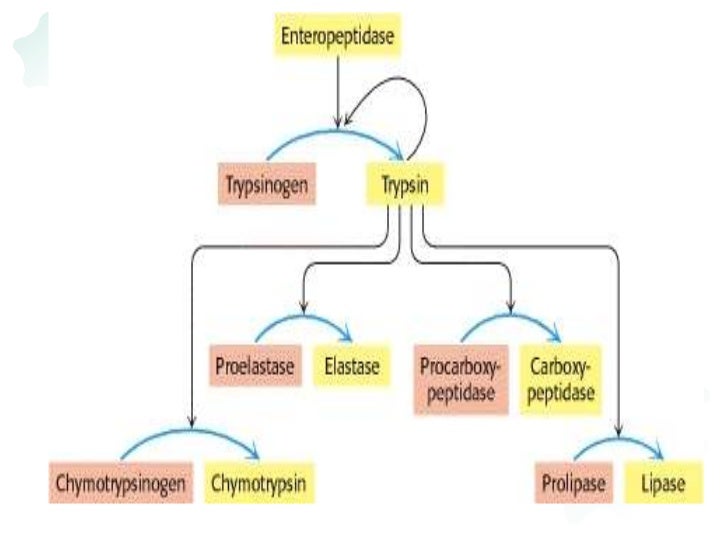
Here, the substrate molecule acts as an effector also. For example, o2 is a homotropic allosteric modulator of hemoglobin.
For Example, O2 Is A Homotropic Allosteric Modulator Of Hemoglobin.Regulation of enzyme activity importance regulation of enzyme activity regulation of by allosteric regulation covalent modification (reversible and irreversible) induction and repression compartmentalization isoenzymes 9/10/2014 dr. Feedback inhibition, where the end product of the pathway inhibits an earlier step, is an important regulatory mechanism in cells. Because all these chemical reactions are catalysed by enzymes, regulation of metabolism can only be obtained by a change in the.
The Novelty May Be In The Conceptual Mechanism Or The Regulatory Ligands Involved.The activity of enzymes can be controlled by a multiplicity of conformational equilibria. Binding of co 2 to haemoglobin. 2.5.5 enzyme regulation by protein phosphorylation.
It Is Mostly Enzyme Activation And Also Called Cooperativity, E.g.Cells have evolved to use feedback inhibition to regulate enzyme activity in metabolism, by using the products of the enzymatic reactions to inhibit further enzyme activity. Therefore, binding of the effector molecule regulates enzyme activity by determining whether it will be active or not. In this article, we'll take a look at factors that can affect or control enzyme activity.
Nature Continues To Surprise Us With Original Ways Of Regulating Enzyme Activity.Regulation of enzyme activity is important to coordinate different metabolic processes. One mechanism is genetic regulation. This is mediated by protein kinases, which transfer a phosphate group from atp to specific amino acid side chains on the regulated enzymes.
Regulation Of P450 Enzyme Activity And Expression In Inflammation And Infection.The enzyme activity in cells changes constantly and it is adjusted to physiological requirements. The chemical processes occurring within an organism will be referred to here as metabolism. Production, degradation, compartmentation of substrate 2.
Belum ada Komentar untuk "Regulation Enzyme Activity"
Posting Komentar